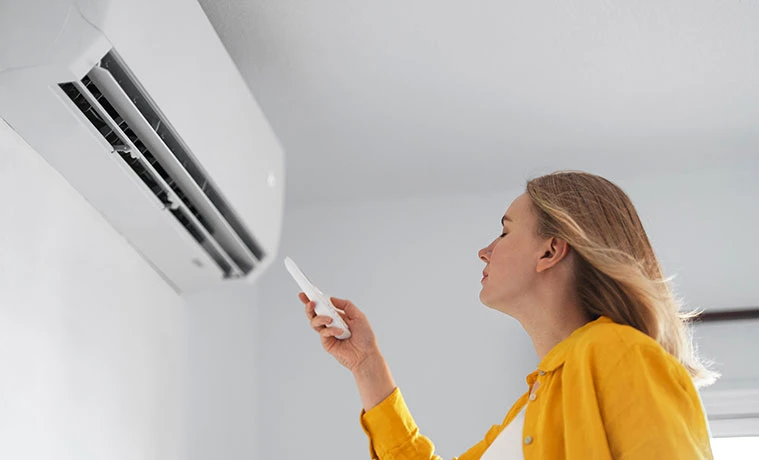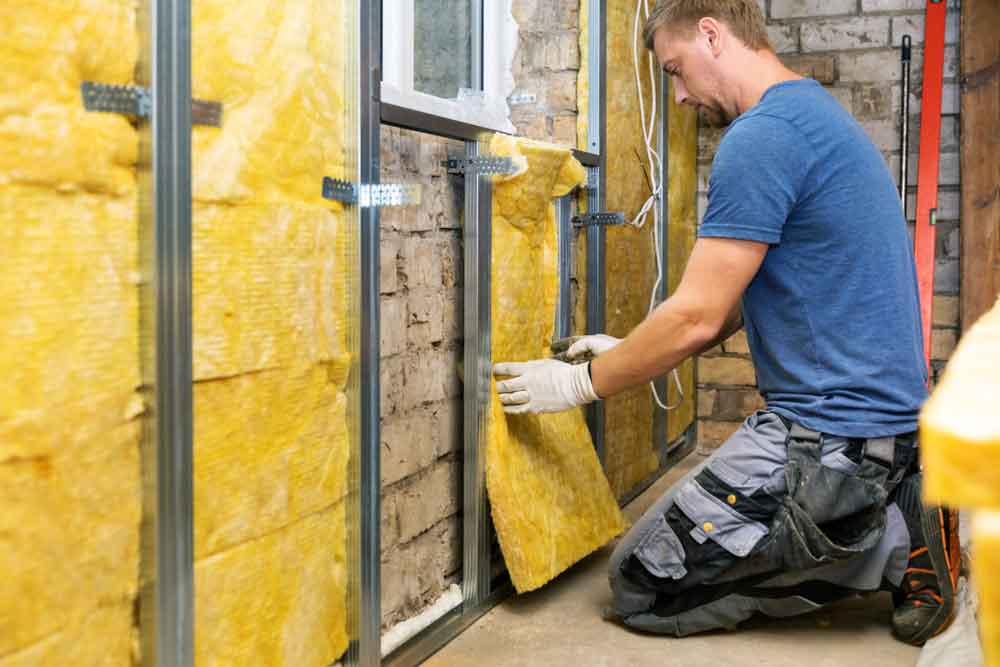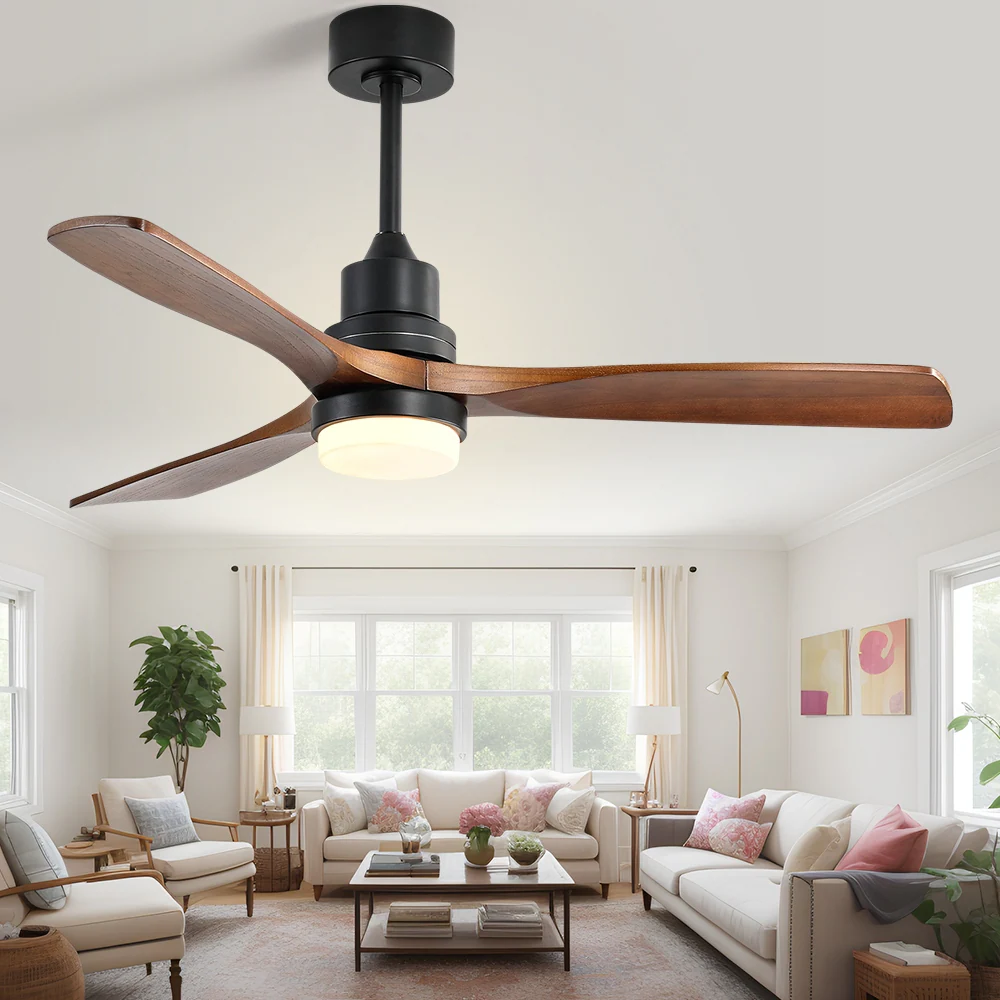Choosing the Correct Air Conditioner

Size matters, too – our air conditioner buying guide can help you choose the right size air conditioner for your needs. Reverse-cycle air conditioners are relatively efficient, but there's a big difference in running costs between models.
What size air conditioner do you need?
Here's our rough guide to the air conditioner capacity (size) you'll need for aparticular room size.
For more, read our full article: What size air conditioner do you need?
| Room size | Capacity |
|---|---|
| Up to 20 square metres | 2–2.5kW |
| 20–40 square metres | 2.5–5kW |
| 40–60 square metres | 4–6kW |
| 60–80 square metres | 5–7kW |
| 80+ square metres | 6–9kW |
So, that's the ballpark guide, but you really need to do an accurate calculation before buying your air con, or else you'll run into these issues.
- Models that are too powerful for the room size may run frequent short cycles to achieve the target temperature. This can result in the room getting too cold or hot, inadequate dehumidification (i.e. not drying the air enough, making the room feel less comfortable), increased power consumption and running costs, and wear and tear on the system.
- Underpowered models may have to run more often at maximum output, which could dry the air too much and also lead to excessive wear.
CHOICE tip: Choose a model with equal or slightly greater capacity for the room.
For example, if you calculate the room needs a 6kW model, then look for an air conditioner with rated cooling capacity in the range of 6kW to 6.5kW (roughly). It's probably a safer bet to get a model slightly above the required capacity than slightly below it, as a little extra grunt may help in extreme temperatures. But don't go too much above the required capacity
For more details on air condition efficiency, read our article Air Conditioner Efficiency
Energy rating labels
Residential split-system air conditioners have to meet minimum energy performance standards (MEPS) to be sold in Australia. This means you can be assured that any new model you buy will be reasonably energy-efficient.
The more stars, the more efficient the model and the less it should cost to run
When a manufacturer registers a model with the government Energy Rating system, the air conditioner gets a star rating label for cooling and heating based on its test results against the Australian standard for air conditioners. You'll see the label on the model instore or online. This gives you a quick and easy way to compare models.
The more stars, the more efficient the model and the less it should cost to run, assuming it's been correctly installed.
Even a model with one or two stars is still OK, but a model with five or six stars (or more) is clearly better, though the more efficient model might also be more expensive.
Expected cost for a Supply and Install of a 2.5KW single storey – indicative cost only
Back To Back Installation

- This is one of the most straightforward configurations.
- The indoor unit (air outlet) is mounted on an interior wall, and the outdoor unit (compressor) is placed directly behind it on an exterior wall.
- The pipes and wiring run through the wall, connecting the two units.
For a typical Bedroom 2.5KW budget $2,800 to $3,000 supply and install*
*Indicative price only
Side entry Installation
A side entry install of an aircon unit is a type of installation where the indoor and outdoor units are not directly aligned on the same wall, but rather on adjacent walls. This allows for more flexibility in choosing the location of the units, as well as reducing the noise and vibration from the outdoor unit. However, a side entry install may also require more piping and wiring, Typically 5.5% more costly than a back to back ( based on a single storey home),
Flyover Installation
A flyover install of an aircon unit is a type of installation where the indoor and outdoor units are placed on a different wall. However, a flyover install may also require more structural support and clearance for the outdoor unit and may affect the aesthetics of the wall, Typically 30% more costly than a back to back (based on a single storey home & 5m extra piping).



